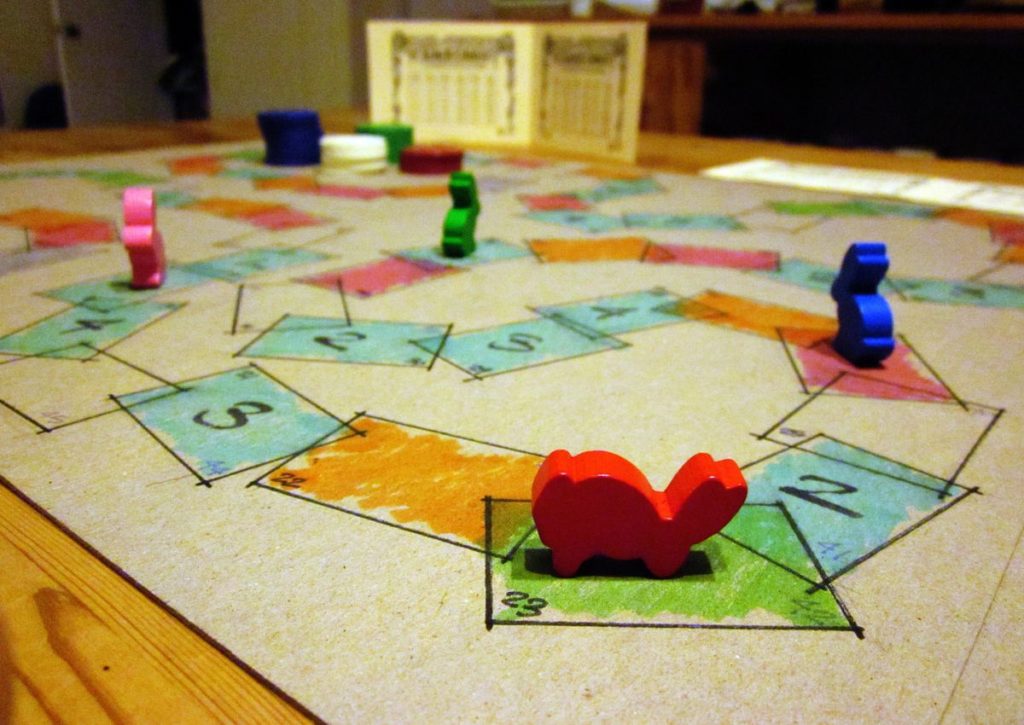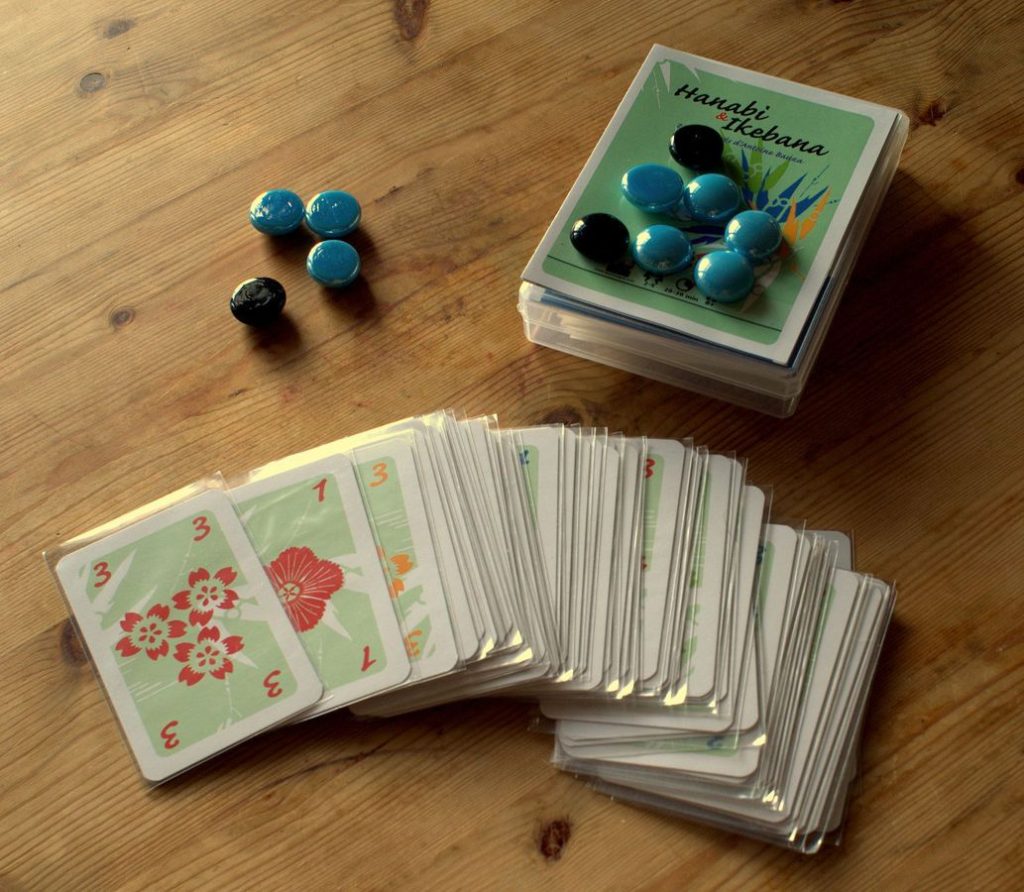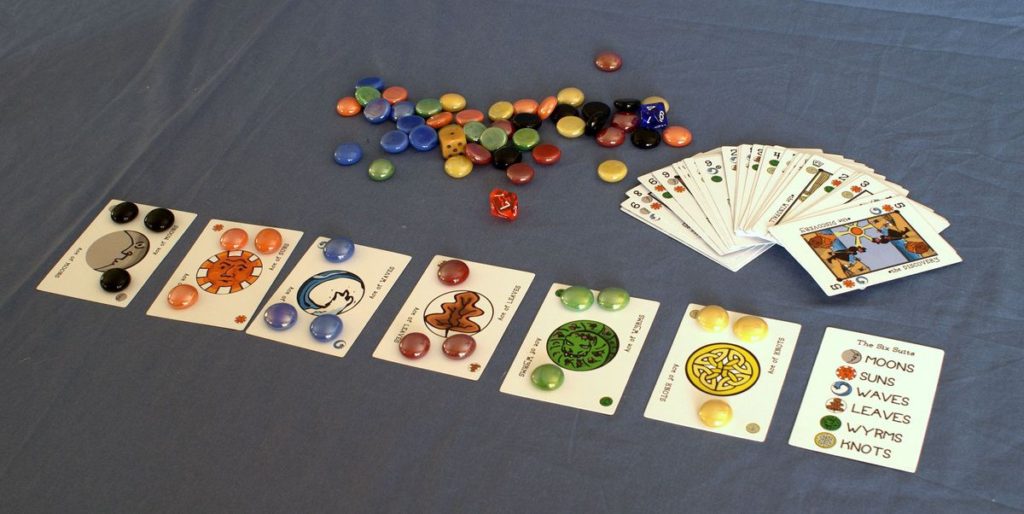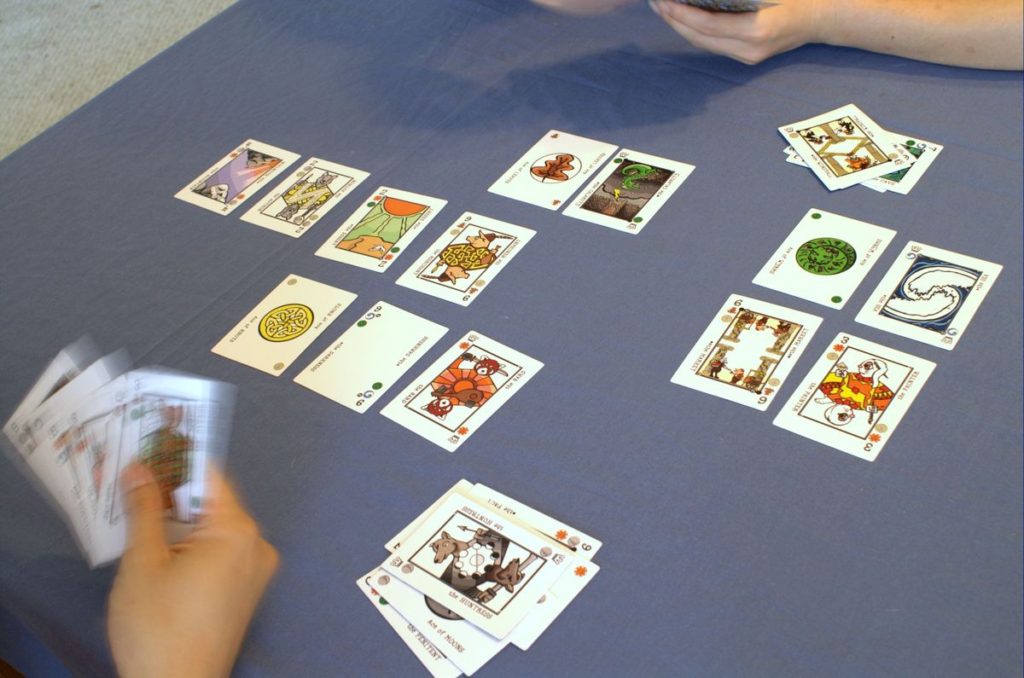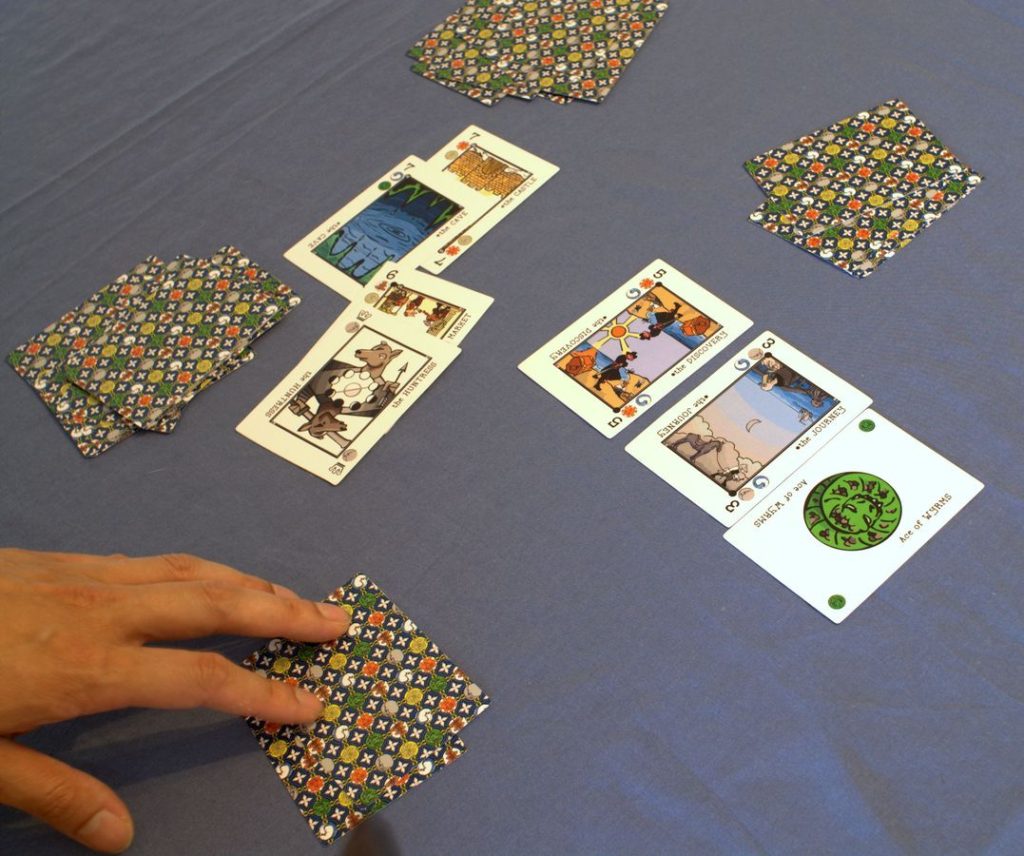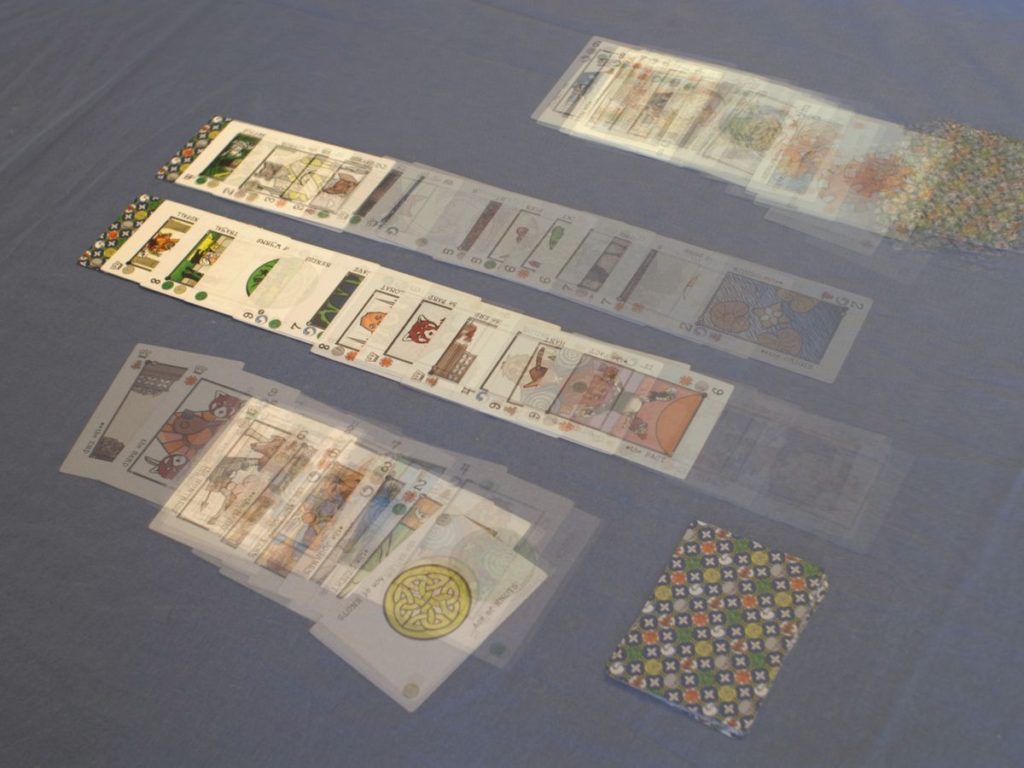I hope this post isn’t just a rationalization for not buying games. I almost never touch my DIY games, and if a DIY project only played only once or twice, I don’t feel like I’ve stolen anything from the designer or publisher.
/pic905555.jpg)
Conversations about DIY games are always tricky because because it becomes a questions of morals. And its hard to argue morals especially in this world where the physical and intellectual properties collide.
The first group says “this is theft!”
The second group responds, “its not theft, I didn’t take anything that wasn’t mine.”
The first group says “well maybe not physical theft, but intellectual theft.”
The second group says, “hey they gave out the rules freely, what I do with this copy of the rules is my business not yours.”
The first group says “you’re depriving the publishers of possible income from the game.”
The second group responds “by going out and getting the game played and helping add to the buzz for it, I’m doing my fair share in marketing and selling the game” (this is not mere theory by the way, I just purchased the game Nefertiti based on the recommendation of Gary Garrison. How did I find out he had played the game? He uploaded a picture of his DIY set on BGG)
The first group says “well it still feels wrong even if its not illegal…grumble…grumble…”
And the second group responds “who are you to tell me what I can and can’t do….grumble…grumble….”
Rinse lather repeat.
Our society is having difficulty coming to a consensus about the nature of intellectual property. I think everyone is fine with a dude profiting from his ideas. But how much leeway should the audience have for making derivative works based on these ideas? At what point does the derivative work impinge on the right of the originators to profit from their efforts? Should the recipient of ideas that are freely given away be allowed to make a derivative work based on these ideas instead of purchasing the product that was being marketed through the distribution of these ideas?
To me, some DIY scenarios are no brainers. If a game is out of print, and the neither the publisher nor designer would see any of the money I might spend on the secondary market for a used copy, then I have no qualms making my own copy. But I think most of us would agree that would be wrong to start a business producing and distributing reproductions of another designer/publisher’s out of print titles without getting the proper permissions. If a publisher chooses to keep their rules on lock down, I don’t think it is be right to circumvent that desire, obtaining a copy of the rules through back channels in order to make a DIY version of the game.
But those are the easy scenarios. The interesting questions are in the grey areas.
- How about a case where the art is just ugly as sin with shoddy components?
- What if the game is an import and the shipping costs dwarf any money the publisher might realize from the sale?
- Or if its just a barely modified card game that could be easily played with a poker deck?
I am perfectly fine making DIY sets in each of these scenarios. A games publisher is not merely selling rules, they are also selling components – if they chose to give the rules away for free as marketing but they fail to back it up with a compelling product at an appropriate price point with a proper distribution network, then I think there is nothing wrong with taking the rules they freely gave away and spending my own time, energy and money to build my own set.
However, I am not a perfectly rational human being. And so yes, I will admit that the second set of scenarios do feel like a gray area for me. I do kind of feel like maybe I stiffed Sean David Ross by trying out a couple games of Haggis by with a cobbled set of poker decks. I wouldn’t proudly walk up to Tom Lehman and tell him that Zman’s art for Middle Kingdom was so ugly that I decided to spend a weekend making my own cards without purchasing the game. This slight emotional conflict does make me wonder at times if maybe I am doing something wrong.
But when I think about it, it just doesn’t make sense. If I bought a used copy of Haggis, is it suddenly OK to play the game guilt free? Would I ever be ashamed to tell a designer or publisher that I loved their game even if all I did was play on other people’s copies? I don’t feel even the slightest hint of guilt that Andreas Seyfarth never got compensation from the used copy of Puerto Rico I purchased. Or even worse all those free plays of Ra that cost me nothing at my friend’s house. Is Reiner being ripped off any more or less than Sean David Ross?
I think we are at an interesting point in time. We grew up in a physical world. I give you an item in exchange for something that I want. In the past where everything was physical, it was easy to keep track of exchanges. You bought a game and got both the components and the rules. If you stole the rules, you were literally taking them out of the box and walking away without paying for them. But now its cheap and easy to share information. And in this brave new world some publishers have decided to give away the rules in hopes that people will purchase the components that are custom built to go with these rules.
They give these rules away knowing that most people who download their rules will read them and then do nothing. And no one would say that reading the rules and walking away is morally questionable wrong even though clearly that was not the outcome the publisher was hoping for. So is it really all that wrong to put together a set of components to play the game with these rules? It is not what the publisher would prefer, but we’ve already established that not obeying the publisher’s preferences is not inherently wrong.
We are adjusting to this new world of bits and information, freely passed around. I think our feelings and morals are catching up to this new paradigm. That’s why my rational side sees no issues with DIYing but my emotional side sometimes gets hesitant about DIYing. But whenever I think it through, I realize that I still have no rational issue with DIYing, so I again conclude its all right.
But I’m not a hardliner, I see why other people might default to saying “not cool” and I’m not going to demand that someone accept the way I enjoy this hobby.
What is right and what is wrong? Hell people have been arguing about that shit for millennia.
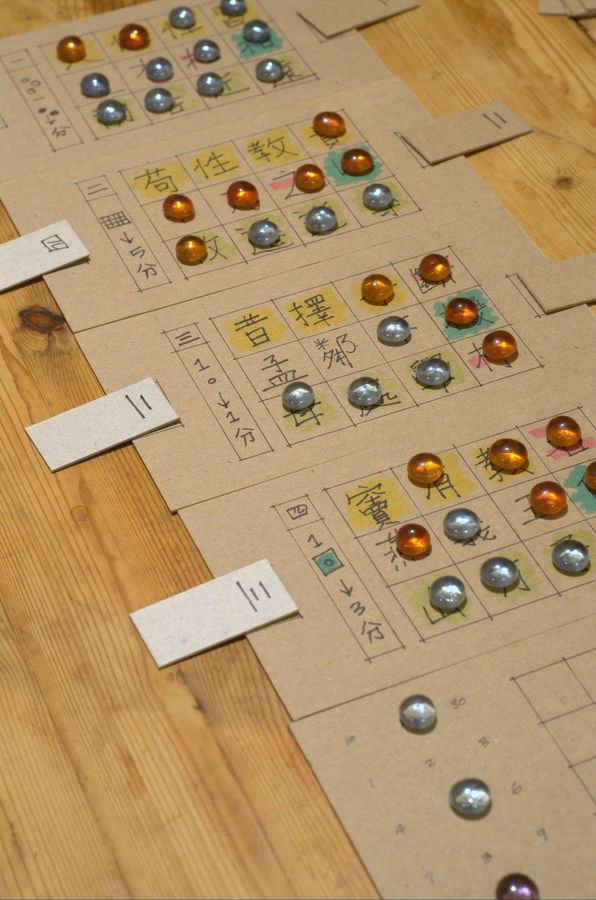
Originally posted on Boardgamegeek.com
